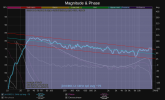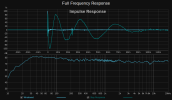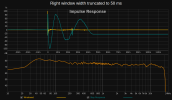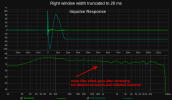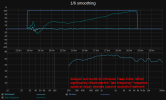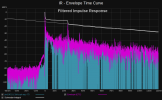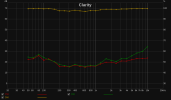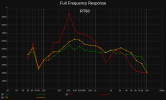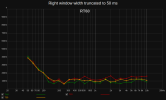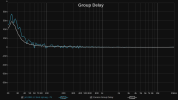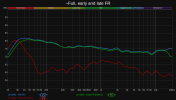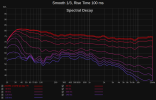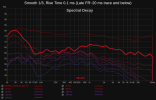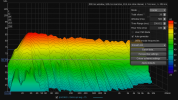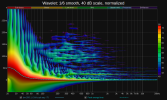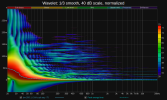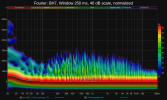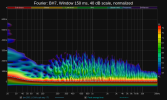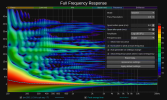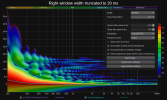holdingpants01
Major Contributor
- Joined
- Mar 18, 2023
- Messages
- 1,063
- Likes
- 1,775
I was wondering if anyone ever saw any room measurements (done with a microphone, you know, basic sweep) of either some good mastering studios, or just the best room you know of. I'm interested in not smoothed too much frequency response and spectrogram of the low end. I'm looking for some references, reality check, goals, what is actually possible in a room proven by measurements. I'm not looking for guidelines or simulations of what room correction "should" do, I would like to see pure data.
Last edited:




